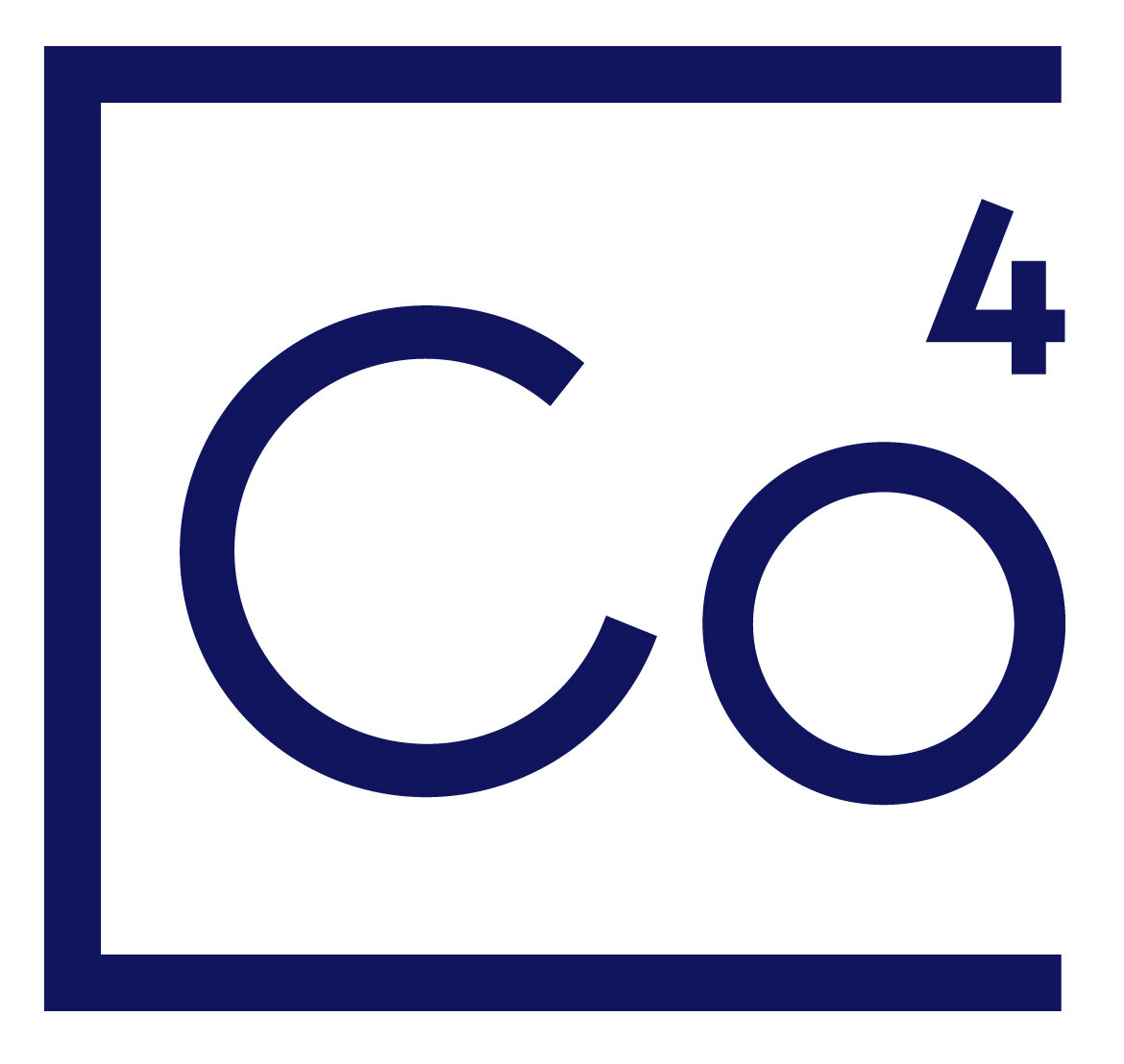
Expressing Vibrancy
Project Description:
Through the Province of Ontario’s Creative Community Prosperity Fund, cities and towns across the province renewed cultural plans and policies to better reflect their values and the growing influence of the cultural and creative sectors on the economy. Cobalt Connects worked with numerous communities throughout this multi-year fund, and in the final year received funding to explore a new concept as independent research. Matched with support from the Ontario Trillium Foundation and MITACS we launched Expressing Vibrancy.
The basis of the project was that many cultural plans had moved away from the problematic language of “culture”, a term that can be very personal and often misunderstood, to what we had determined was the equally problematic language of “vibrancy”. Plans called for vibrant neighbourhoods, vibrant communities and people – but so rarely defined what vibrant meant. Having spent 15 years advocating for improved cultural investments Cobalt saw this shift as problematic. So, we set out to experiment with defining “vibrancy” from a very broad cultural base.
Expressing Vibrancy was a partnership between Cobalt Connects, two labs at McMaster (the LIVELab and the IMViR), and web developer Factor[e]. Working with both labs at McMaster we defined a process for evaluating an urban space (a street, neighbourhood, etc) and its characteristics, and a testing method that would pass McMaster Ethics Board scrutiny.
The process had three stages:
Taking Stock:
Focusing on 8 streets in Hamilton, we counted a range of factors through a standardized, block-by-block process. We looked at vacancy, décor, public art, garbage, safety measures, cross walks, air quality, transit, zoning, housing types, commercial spaces ~ a list of 38 total factors.
Active Exploration:
To gain an understanding of how these elements may affect residents, we recruited 600 volunteers who matched a demographic sample of our local population. These volunteers then walked these same blocks while answering 20 focused questions about their experience. They tried to locate assets, gave us a sense of how they felt, and what attracted their attention. This process was repeated on different days of the week, and times of day to give us a data set that was deep and diverse.
Digging Deeper
Finally, Digger Deeper took us somewhere no one had gone before. Using the ImVir Lab’s 360 camera car, drone footage, audio recordings and sample photos, we captured the experience of these spaces digitally. From there we worked with the team at the LIVELab to create an audio/visual experience. Over the course of a week we recruited another sample set of volunteers an filled the LIVELab 5 times. While participants engaged in the A/V content, the LIVELab technicians gathered biometric data (heartbeat, EEG, galvanic skin response) and survey from the viewers that would inform our final set of data.
Marrying together these three sets of data, Cobalt Connects and the LIVELab team were able to provide a unique view of how different spaces and their characteristics affected residents. We could then split this data based on the participants demographics to see where there were trends and patterns worthy of further thought and potentially implementation.
Since these initial experiments Cobalt Connects has applied this learning to other communities in Ontario, helping build more inclusive and informed urban design, and to bring greater clarity to our work as cultural planners.
Client: Independent research funded by Ministry of Tourism, Culture and Sport, Mitacs, and the Ontario Trillium Foundation
Collaborators: McMaster Live Lab, McMaster IMViR Lab, City of Hamilton, Downtown Sudbury, City of Barrie
Website:
City: Hamilton, Sudbury, Barrie, ON
Date: 2012 - 2015


